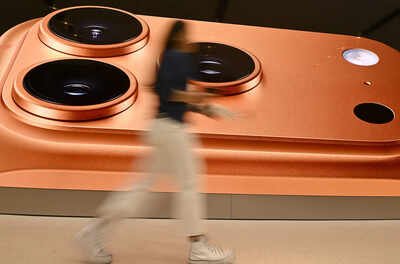What Apple’s third quarter results says on iPhone 17 series sales: ‘hit’ or ‘miss’

Apple broke through the $100 billion revenue barrier for the first time in a single quarter, reporting $102.5 billion in sales for the July-September period, driven by strong demand for its newly launched iPhone 17 lineup despite lingering AI concerns and trade war pressures.The Cupertino giant’s fourth-quarter results for the year marked an 8% year-over-year increase and delivered record iPhone revenue of $49 billion, up 6% from last year. CEO Tim Cook forecast even stronger performance ahead, projecting 10-12% revenue growth for the holiday quarter—surpassing Wall Street expectations and signaling continued iPhone 17 momentum.
A million more iPhones sold, billions more earned
Apple’s winning formula wasn’t just about volume—analysts estimate the company sold roughly one million more iPhones than last year. Instead, the company raised prices by $100 on popular models and introduced attention-grabbing design changes: a razor-thin iPhone Air and a redesigned iPhone Pro with a distinctive raised back. The strategy worked spectacularly, with profit surging 86% to $27.5 billion.Services revenue also hit an all-time high of $28.8 billion, bolstered by Google’s estimated $20 billion annual payment to remain the default iPhone search engine. The company set revenue records across dozens of global markets, including an all-time high in India, though China sales dipped 3.6% to $14.5 billion amid regulatory delays for the iPhone Air.
Supply crunch becomes ‘good problem’ as AI race continues
Cook acknowledged persistent supply constraints across several iPhone 17 models extending into the holiday quarter, telling Reuters the company is “filling orders just as fast as we can”—characterizing overwhelming demand as “a good problem to have.” More concerning for investors: Apple’s continued lag in the AI arms race. Even as Google, Microsoft, and Samsung flood the market with AI-powered features, Apple canceled its planned Siri overhaul earlier this year, pushing major virtual assistant upgrades to 2026. However, given the strong demand for iPhones and the “good problem” Apple is facing with supply constraints, the AI lag seemingly isn’t proving to be much of a problem for the iPhone maker.Adding pressure, tariffs are expected to cost Apple $1.4 billion this quarter as the Trump administration’s trade policies squeeze margins on devices manufactured primarily in India and China.



